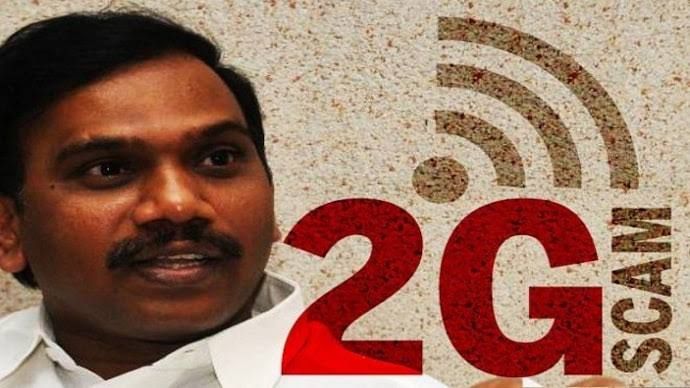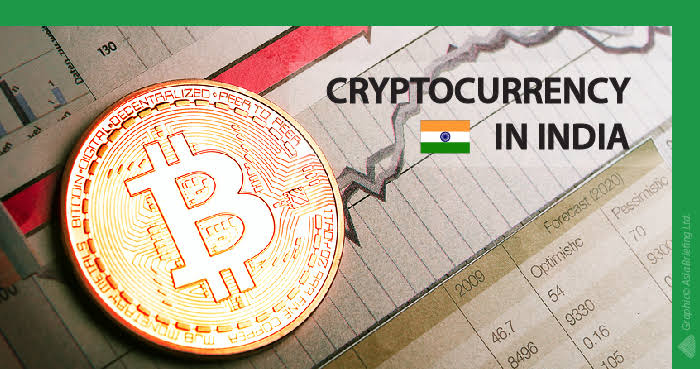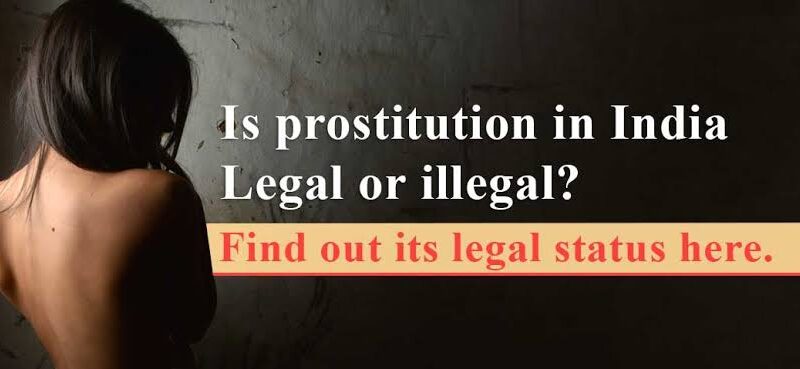Abstract
The 2G spectrum scam involved the alleged fraudulent and corrupt allocation of telecommunications frequency spectrum to selected companies at throwaway prices, bypassing established norms and causing massive financial losses to the government. The scandal exposed systemic corruption and led to the resignation and arrest of several high-profile individuals. Despite a special CBI court acquitting all accused in 2017, the case remains a significant chapter in India’s legal and political history.
The 2G spectrum allocation scandal, which passed between 2007 and 2009 under the rule of Congress involved the controversial trading of 122 licenses for 2G spectrum by then Communication and IT Minister A. Raja. His decision of allocation of the licenses at fixed prices, rather than through auctions, favored certain telecom companies and bypassed standard regulatory procedures, resulting in a significant financial loss estimated at ₹1.76 lakh crore for the Indian government. Crucial numbers, including Raja, his clerk R.K. Chandolia, former telecom secretary Siddharth Behura, and corporate executives from companies such as Reliance Telecom, Swan Telecom, and Unitech Wireless, faced charges of criminal conspiracy, cheating, and corruption. Despite extensive examinations and a detailed charge sheet by the Central Bureau of Investigation (CBI), a special CBI court acquitted all 18 indicted in 2017, citing inadequate substantiation and defective execution . This verdict did not alter the Supreme Court’s prior judgment, which had declared the spectrum allocation illegal. The case highlights significant setbacks in regulatory oversight and legal responsibility within India’s telecommunications sector.
INTRODUCTION
The 2G spectrum scam, one of India’s most significant political scandals, involved the fraudulent allocation of 2G spectrum licenses to telecom companies at 2001 prices in 2008, leading to an estimated loss of INR 1.76 trillion to the national exchequer. The scam implicated several high-ranking officials, including the then Telecom Minister A. Raja.
The case involved serious allegations of “criminal conspiracy,” “breach of trust,” and “cheating” under sections 120B, 409, and 420 of the Indian Penal Code (IPC), as well as offenses under the Prevention of Corruption Act, 1988. The crux of the legal challenge was the alleged “arbitrary” and “malafide” actions taken in the allocation process, violating the principles of “natural justice” and “transparency.”
The spectrum, like water, minerals, and land, is a valuable natural resource. The Indian government can vend it moreover through deals or at a fixed price. Deals generally bring more benefits to the government, while fixed prices can lead to favoritism towards certain companies.
Between 2007 and 2009, A. Raja, the Communication and IT Minister under the Congress government, allocated 122 licenses for 2G spectrum at a fixed price in 2008. He set conditions that favored specific telecom companies, selling the licenses at very low prices and without following proper rules and regulations. This resulted in a significant loss of 1.76 lakh crore rupees for the Indian government.
Background
Spectrum Allocation Process:
Spectrum refers to the electromagnetic waves used for communication purposes, and its allocation is crucial for telecom operations. In India, the Department of Telecommunications (DoT) is responsible for allocating spectrum to telecom operators. The allocation of 2G spectrum became contentious due to the method employed and the substantial economic implications.
The Core Issues:
- First-Come, First-Served Policy: Instead of opting for an auction-based method to allocate spectrum, which could have maximized revenue, the DoT adopted a first-come, first-served policy. This approach was criticized for lacking transparency and fairness, allowing certain companies to gain undue advantage.
- Manipulation of Cut-Off Dates: The cut-off date for applications was allegedly manipulated. Originally set for October 1, 2007, it was advanced to September 25, 2007, and companies that had prior knowledge were able to submit their applications ahead of others, resulting in unfair advantage.
- Underpricing of Spectrum: Spectrum was allocated at 2001 prices, which were significantly lower than the market value in 2008. This resulted in substantial revenue loss to the exchequer, estimated by the Comptroller and Auditor General of India (CAG) to be around INR 1.76 lakh crore (approximately USD 24 billion at the time).
The Unfolding of the Scandal
Exposure and Investigations:
The scandal came to light through a series of investigations and reports. In 2010, the CAG released a report highlighting the massive revenue losses due to the allocation process. Media investigations and reports by civil society organizations further exposed the depth of the corruption involved.
Legal Proceedings:
In 2011, the Supreme Court of India took a proactive stance, canceling 122 telecom licenses issued during the controversial allocation. This landmark judgment underscored the irregularities and reinforced the necessity for transparent and fair spectrum allocation processes.
Political and Corporate Fallout:
Several high-profile individuals and companies were implicated. A. Raja, the then Telecom Minister, was arrested and faced charges of corruption, conspiracy, and abuse of power. Alongside Raja, various bureaucrats and corporate executives from major telecom companies were also charged and arrested. Prominent companies involved included Swan Telecom, Unitech Wireless, and Reliance Communications.
Implications and Reforms
Impact on the Telecom Sector:
The immediate impact of the scandal was significant. It caused instability in the telecom sector, leading to uncertainties among investors and stakeholders. The cancellation of licenses disrupted services and operations for many companies and their customers.
Policy Reforms:
In the aftermath, the Indian government initiated several reforms to improve transparency and efficiency in spectrum allocation. The introduction of an auction-based system for future allocations aimed to prevent similar controversies. The government also strengthened regulatory frameworks and oversight mechanisms within the telecom sector.
Judicial Outcomes:
After prolonged legal battles, in December 2017, a special CBI court acquitted all the accused, including A. Raja and the corporate executives, citing lack of sufficient evidence. This verdict was controversial, as it contrasted sharply with the perceived scale of the scam and the earlier findings of the CAG and other investigative bodies.
The Proof
Key evidence included:
- Telecom Regulatory Authority of India (TRAI) recommendations manipulated to benefit select companies.
- Documents showing backdated records to favor specific applicants.
- Testimonies from various bureaucrats and corporate executives.
- Financial trails indicating kickbacks and bribes.
- The Comptroller and Auditor General (CAG) report quantifying the loss to the exchequer.
Case Laws
- CBI vs. A. Raja & Ors (2012):
The Central Bureau of Investigation (CBI) charged A. Raja and others with criminal conspiracy and corruption. In the case of CBI vs. A. Raja & Ors (2012), the Central Bureau of Investigation (CBI) charged former Telecom Minister A. Raja and several others with corruption, conspiracy, and abuse of power in the allocation of 2G spectrum licenses in 2008. The case centered on allegations that the first-come, first-served policy was manipulated to favor certain companies, resulting in a massive revenue loss to the government. The trial began in 2012, leading to the arrest and prosecution of various high-profile individuals from both the government and the telecom industry.
- Subramanian Swamy vs. A. Raja (2012):
The Supreme Court cancelled 122 telecom licenses granted during the scam, citing arbitrary and unconstitutional allocation processes. In the case of Subramanian Swamy vs. A. Raja (2012), Dr. Subramanian Swamy, a politician and economist, filed a petition in the Supreme Court of India challenging the legality and constitutionality of the 2G spectrum allocation process conducted by then Telecom Minister A. Raja. Swamy argued that the allocation was marred by corruption and gross irregularities, resulting in massive financial losses to the government. The Supreme Court, in its judgment, cancelled 122 telecom licenses issued during Raja’s tenure, emphasizing the need for transparency and fairness in the allocation of natural resources.
- State (CBI) vs. A. Raja & Ors (2017):
A special CBI court acquitted all the accused due to lack of sufficient evidence to prove the charges beyond reasonable doubt. In the case of State (CBI) vs. A. Raja & Ors (2017), a special CBI court acquitted A. Raja, former Telecom Minister, and other accused individuals and companies involved in the 2G spectrum allocation scandal. The court ruled that the prosecution failed to provide sufficient evidence to prove the allegations of corruption and conspiracy related to the 2008 allocation of 2G spectrum licenses, which had previously been flagged for causing significant revenue loss to the exchequer. This verdict was a significant and controversial conclusion to one of India’s largest corruption scandals.
Conclusion
The 2G spectrum scam, despite its high-profile nature and significant financial implications, highlighted challenges in prosecuting white-collar crimes in India. The acquittal of all accused in 2017 underscored the necessity for robust evidence collection and prosecutorial diligence in corruption cases. The case also sparked crucial discussions on policy reforms and the need for greater transparency in government allocations and licensing processes.
FAQ
- What is the 2G spectrum scam?
The 2G spectrum scam was a major telecommunications scandal in India where government officials were accused of issuing spectrum licenses at outdated prices, resulting in significant financial losses to the exchequer.
- Who were the main accused in the 2G spectrum scam?
The primary accused included A. Raja, the then Telecom Minister, and several corporate executives and bureaucrats.
- What was the role of the CAG in the 2G spectrum scam?
The Comptroller and Auditor General (CAG) played a crucial role by auditing the allocation process and estimating a loss of INR 1.76 trillion to the government.
- What was the outcome of the 2G spectrum scam trial?
In 2017, a special CBI court acquitted all the accused due to insufficient evidence to prove the charges.
- What legal charges were filed in the 2G spectrum scam?
The charges included criminal conspiracy, breach of trust, and cheating under the IPC, along with offenses under the Prevention of Corruption Act.
- How did the Supreme Court of India intervene in the 2G spectrum case?
The Supreme Court cancelled 122 telecom licenses issued during the scam, citing irregularities and lack of transparency in the allocation process.
- What were the implications of the 2G spectrum scam?
The scam led to significant political upheaval, the resignation of high-profile officials, and prompted reforms in spectrum allocation policies.
Author- Happy Kushwah
The ICFAI University, Jaipur





